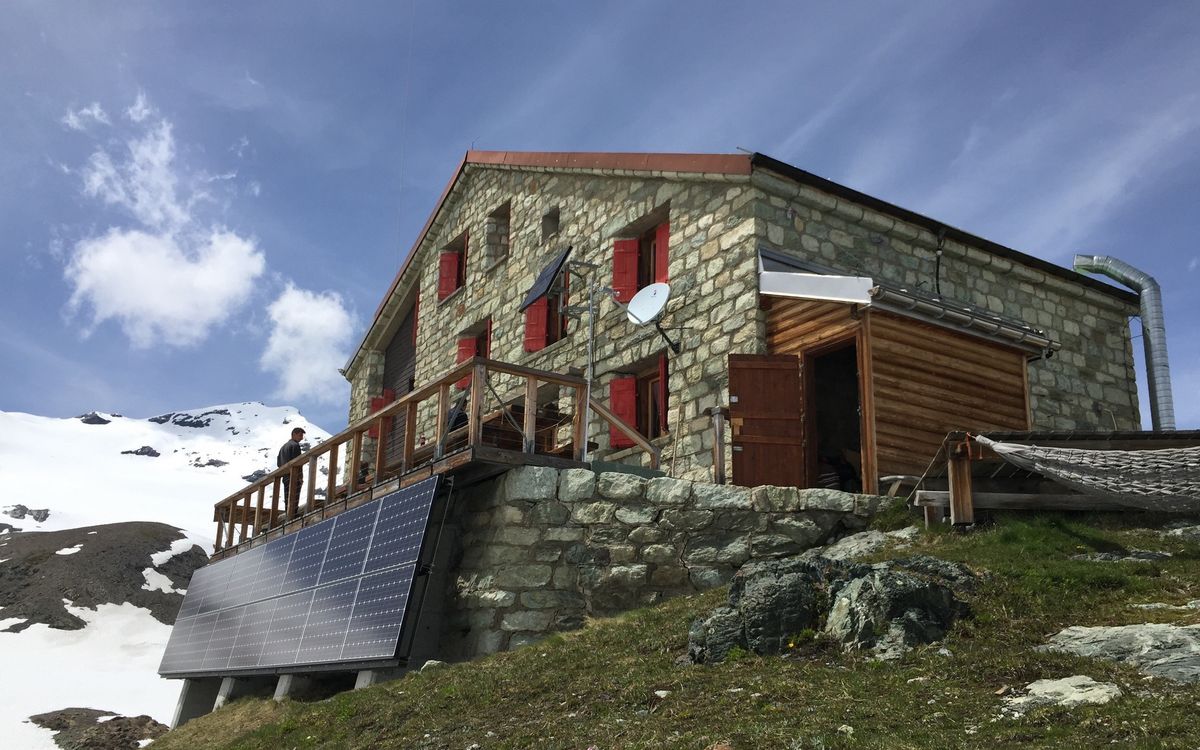When you’re at altitude, access to drinking water becomes a precious and sometimes difficult resource. In the huts, the water supply depends mainly on helicopter deliveries of PET plastic bottles. Technical solutions are available/underway to make glacier water drinkable and thus replace helicopter supplies. However, the sale of bottled water represents a considerable source of income for hut wardens. How can a similar income be generated for the wardens from water produced on site?

#3 DRINKING WATER AT ALTITUDE
ISSUES
The current situation is not so much a technical problem as a rethink of the business model. The commercial activity of selling bottled water generates significant income for the caretaker. The question is how to maintain this income while abandoning the helicopter water supply and opting for direct production of drinking water on site.
Currently, each person consumes around 15 litres of drinking water per day at high altitude, including water for drinking and hygiene. However, it is possible to review these needs and save water by reducing drinking water consumption. What’s more, the use of PET bottles for water creates an unfavourable environmental image. Innovation should also aim to reduce the use of these plastic bottles and make users more aware of their water consumption at altitude.
The solution envisaged could take the form of an innovative service, for example by proposing a subscription model with the “refull” of gourds for visitors. Two huts in the Val d’Hérens, the Vignettes and Dix huts, would be available to implement the proposed solution.
DESIRED AREAS OF INNOVATION
- To achieve this transformation, the focus should be more on the service side than on the technical side.
- The aim is to offer a solution that will significantly reduce the consumption of bottled water.
- Raising users’ awareness of their water consumption at high altitude should also be an essential part of this approach.
- The solution must be designed to generate a similar or even greater income for the caretaker than that currently derived from the sale of bottled water. This economic viability is crucial to the sustainability of the innovation.
- What’s more, the solution implemented should be designed to be easily deployed in other cabins in the region, thereby extending the positive impact on the environment
You have an idea, a solution or a technology to solve this challenge?
Fill in the application form!
THE CHALLENGE HOLDER
The challenge is organised by the Monte Rosa section of the Swiss Alpine Club in Martigny. Founded in 1865, the Monte Rosa section has 8 groups, including the one in Martigny, which has 1,500 members. As well as organising a wide range of events and activities, the section also manages the climbing gym at La Bâtiaz.
